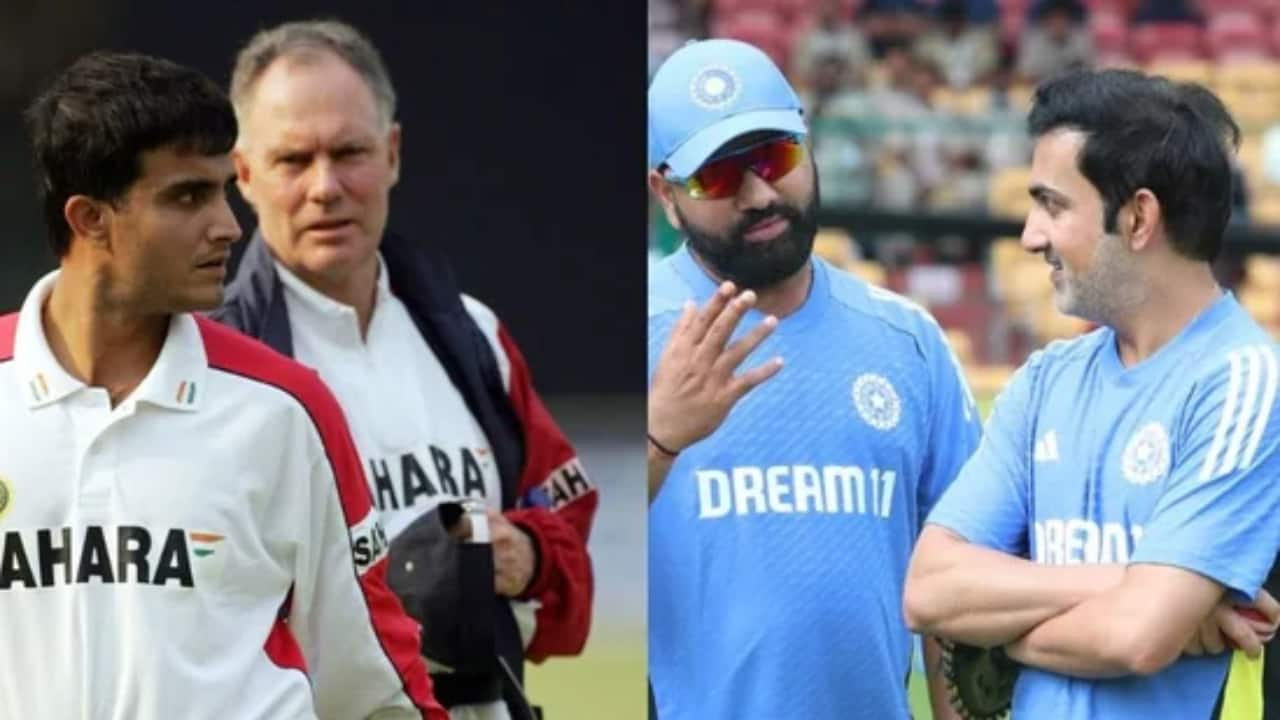 |
|
The recent India-Australia Test series defeat has sparked considerable debate and speculation, particularly regarding the dynamics within the Indian cricket team. One prominent discussion point has centered around the coaching style of Gautam Gambhir and its perceived similarity to that of Greg Chappell, the controversial Australian coach whose tenure with the Indian team was marked by conflict with Sourav Ganguly. Former Indian cricketer Robin Uthappa, in a recent interview, emphatically rejected any comparison between Gambhir's approach and Chappell's, highlighting a stark contrast in their methods and personalities. Uthappa's perspective offers valuable insight into Gambhir's leadership and the complexities of team dynamics in high-pressure situations.
Uthappa's strong defense of Gambhir's coaching style emphasizes his directness and straightforward communication. He lauded Gambhir's honesty, stating that while his feedback may not always be welcomed, it is delivered openly and without ambiguity. This contrasts sharply with the perceived manipulative or undermining tactics often associated with Chappell's coaching style. Uthappa's personal preference for transparent communication underscores the importance of clear, direct feedback in fostering trust and improving performance within a team. His statement reflects a belief that genuine honesty, even if uncomfortable, is more effective than behind-the-scenes maneuvering or veiled criticism.
Beyond the comparison with Chappell, Uthappa's comments also shed light on the challenges Gambhir faces in managing a team with multiple strong personalities and leadership styles. He likened Gambhir to the captain of a ship navigating complex waters, having to integrate different leadership styles within the team. The presence of players like Suryakumar Yadav (SKY), Rohit Sharma, and Hardik Pandya, each with their distinct approaches and influence, adds to the complexity of team cohesion and harmony. Uthappa's analogy effectively illustrates the delicate balance Gambhir needs to strike in fostering unity and a cohesive team environment.
The evolving chemistry between Gambhir and the players, especially Rohit Sharma, is another key aspect addressed by Uthappa. He acknowledges that building strong relationships and effective working dynamics takes time, particularly in a setting with multiple strong leaders. The relatively short timeframe since Gambhir joined the coaching staff may contribute to the ongoing adjustments in the team dynamic. Uthappa points to the differences in chemistry observed during the recent series, potentially attributing some of the differences to the experiences and familiarity developed with different players. This highlights the dynamic and fluid nature of team relationships and the ongoing need for adaptation and integration among team members.
The significance of Uthappa's insights lies in his unique perspective as a former teammate and player. His understanding of the intricacies of team dynamics and the pressures faced by players and coaches provides a valuable context for interpreting the current situation within the Indian cricket team. His observations move beyond superficial assessments, delving into the complexities of interpersonal relationships and leadership styles that are crucial in achieving success in high-stakes sports environments. The discussion of team chemistry further emphasizes the importance of open communication, mutual respect, and the time required to build strong working relationships within a high-pressure environment.
Overall, Uthappa's comments offer a nuanced perspective on the complexities of coaching and team management in elite-level cricket. They dispel the simplistic comparison of Gambhir's style to that of Greg Chappell, while providing insights into the challenges of navigating multiple leadership styles and the importance of developing strong team chemistry. The time factor plays a crucial role in allowing the team to adjust to Gambhir’s style and to build trust and mutual understanding between the coach and the players, including the captain. The article highlights the significant role of interpersonal dynamics in team success and the need for ongoing adjustments and adaptations as the team progresses.
Furthermore, the article indirectly highlights the pressures faced by Indian cricket after a significant loss in the Border-Gavaskar Trophy. The discussion of Rohit Sharma’s reported consideration of retirement points to the intense scrutiny and pressure surrounding the team after a disappointing performance. This underscores the need for a supportive and communicative team environment, where open dialogue and honest feedback contribute to overcoming setbacks and rebuilding team morale. The underlying message is that team success relies not solely on individual skills, but also on effective leadership, strong communication, and a unified team culture. Uthappa's comments, therefore, offer more than just an analysis of Gambhir's coaching style; they provide a glimpse into the broader challenges and pressures faced by Indian cricket in its quest for sustained success at the highest levels.
Source: 'Gautam Gambhir's coaching style no where similar to Greg Chappell': Robin Uthappa
